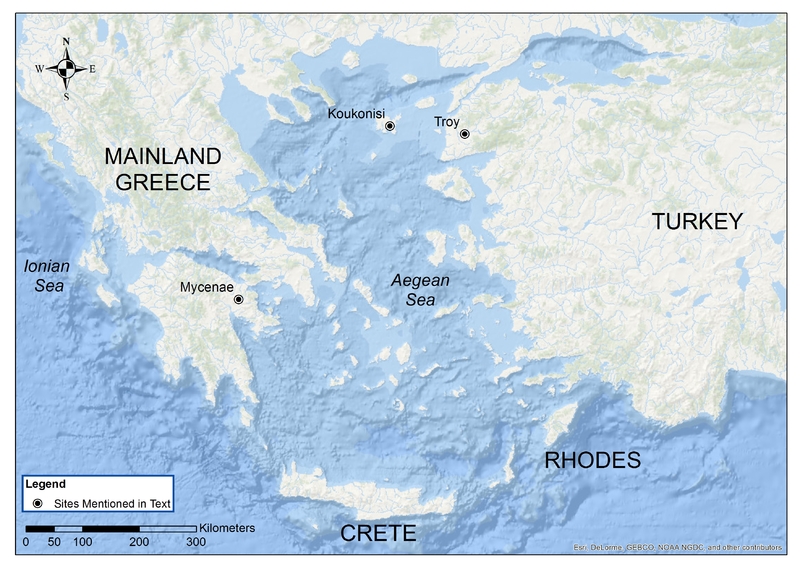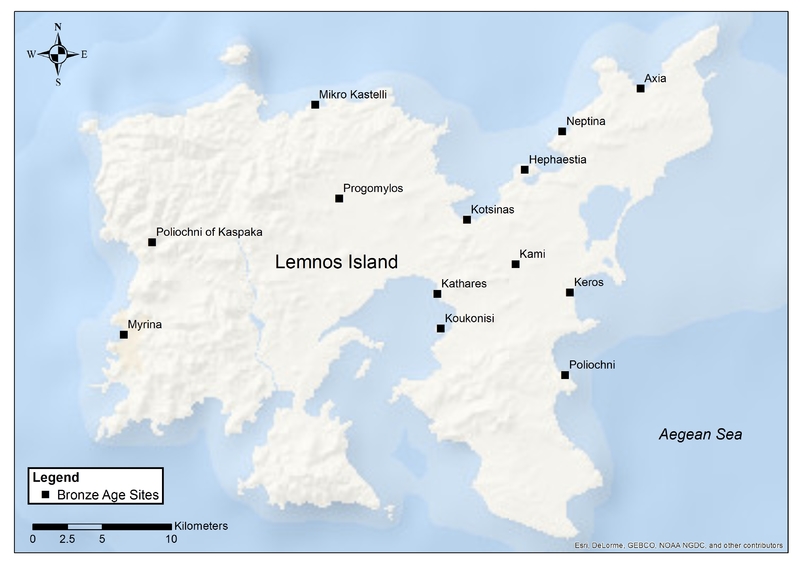Safeguarding intangible cultural heritage is about the transferring of knowledge, skills and meaning. It focuses on the processes involved in transmitting, or communicating it from generation to generation, rather than on the production of its concrete manifestations, such as dance, performances, songs, music instruments or crafts.
Welcome To The Archaeological Science Exhibit!

Thanks to archaeometric analytical techniques such as SEM-EDS, it is known that Mycenaean-style pottery was produced throughout the Mediterranean with regional variations. The technology used in producing this pottery differed from region to region depending on many factors. However, to the eye, they look indistinguishable due to having the same forms and surface decorations.

Exhibited Content
"I hope that this exhibit will be a fun and engaging way for you to learn about this particular craft, to think about the reasons behind the dissemination of and variation in technological style, and understand the importance of individual and collective choices of craftpersons in making. I designed this digital exhibit for you to learn about archaeological approaches to ceramic analyses, and contribute to the discussion around it to help advance the interpretative stories of the people who produced, used, circulated and discarded these potteries.
At the end of your tour, please click on the contact page to join the community of learners and the public knowledge contributors. You can also share your ideas and leave comments about this exhibit to help construct multivocal and inclusive narratives.
Your engagement and communication will also support the safeguarding of this ancient craft practice."

